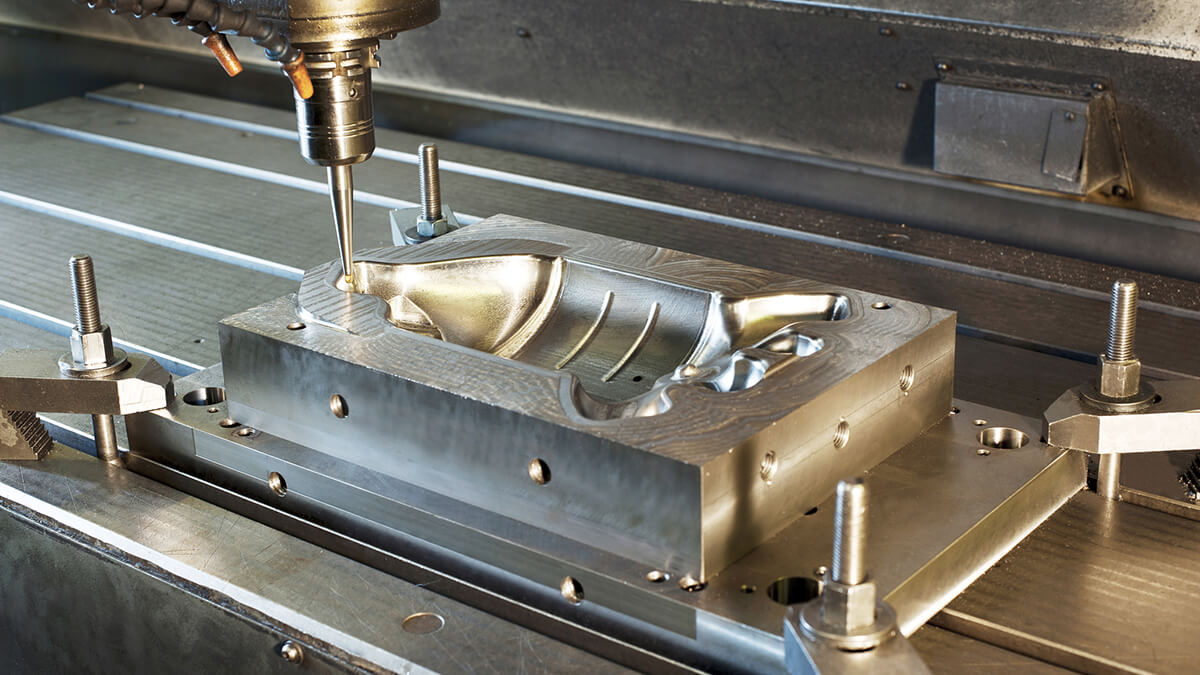Aluminum, a lightweight and versatile metal, has played a pivotal role in shaping various industries over the past century. One of the key processes that has allowed A356 Aluminum Casting to be used in countless applications is casting. Aluminum casting techniques have a rich history that spans several centuries, and their evolution has contributed to the widespread use of aluminum in everything from aerospace to automotive industries. In this blog, we’ll take a journey through time to explore the fascinating history of aluminum casting techniques.
Early Beginnings: Ancient Casting Methods
The roots of casting can be traced back to ancient civilizations, where early humans discovered the art of shaping metals by melting them and pouring the molten material into molds. In the case of aluminum, which was relatively rare and challenging to extract from its ore, aluminum casting was not prevalent in ancient times.
Aluminum itself was isolated as an element in the early 19th century by Sir Humphry Davy and Hans Christian Oersted. However, it was a costly and time-consuming process, making it impractical for widespread use. Aluminum’s high affinity for oxygen made it difficult to work with in its pure form, which led to innovations in casting techniques.
The Invention of the Hall-Héroult Process
The turning point for aluminum casting came in 1886 with the invention of the Hall-Héroult process by American chemist Charles Martin Hall and French engineer Paul Héroult. This revolutionary method allowed for the efficient and economical extraction of aluminum from its ore, bauxite, by electrolysis. The newfound abundance of aluminum made it more accessible for casting, leading to a surge in its applications.
Early Aluminum Casting Techniques
As aluminum casting gained popularity in the late 19th and early 20th centuries, various techniques emerged to mold and shape this versatile metal. Sand casting, one of the oldest casting methods, was adapted for aluminum. It involved creating molds from sand mixed with a bonding agent, pouring molten aluminum into these molds, and allowing it to cool and solidify.
Another method, known as die casting, became prevalent in the early 20th century. Die casting involves injecting molten aluminum into metal molds, or dies, under high pressure. This technique allowed for the production of intricate and detailed aluminum parts with high precision.
Advances in Aluminum Casting Techniques
Throughout the 20th century, advancements in aluminum casting techniques continued to evolve. Investment casting, also known as lost-wax casting, became a popular method for creating complex and finely detailed aluminum components. This process involves creating wax patterns, coating them with a ceramic shell, and then melting out the wax to leave a hollow mold. Molten aluminum is then poured into the mold, resulting in highly precise and intricate shapes.
In addition to traditional casting methods, the development of aluminum alloys allowed for further improvements in casting techniques. Alloys like aluminum-silicon and aluminum-magnesium offered enhanced properties, such as increased strength and corrosion resistance. These alloys became crucial in industries like aerospace and automotive manufacturing.
Modern Aluminum Casting
Today, aluminum casting techniques have reached new heights of sophistication and efficiency. Advanced computer modeling and simulation tools enable engineers to optimize the casting process, minimizing defects and improving product quality. Additionally, innovations in 3D printing have opened up new possibilities for creating complex aluminum components with minimal material waste.
Furthermore, sustainability has become a key concern in the modern era, and aluminum’s recyclability makes it an eco-friendly choice for casting. Recycling aluminum consumes only a fraction of the energy required to extract it from bauxite, making it a sustainable option for various industries.
Conclusion
The history of aluminum casting techniques is a testament to human ingenuity and the drive to harness the full potential of this remarkable metal. From its humble beginnings as a rare and costly material to its widespread use in today’s industries, aluminum casting has come a long way. Innovations in processes, alloys, and sustainability have solidified aluminum’s position as a vital material in modern manufacturing.
As we look to the future, it’s clear that aluminum casting will continue to evolve, offering new possibilities and applications in industries ranging from aerospace and automotive to construction and consumer goods. The rich history of aluminum casting is a testament to the enduring impact of human innovation on the materials that shape our world.
